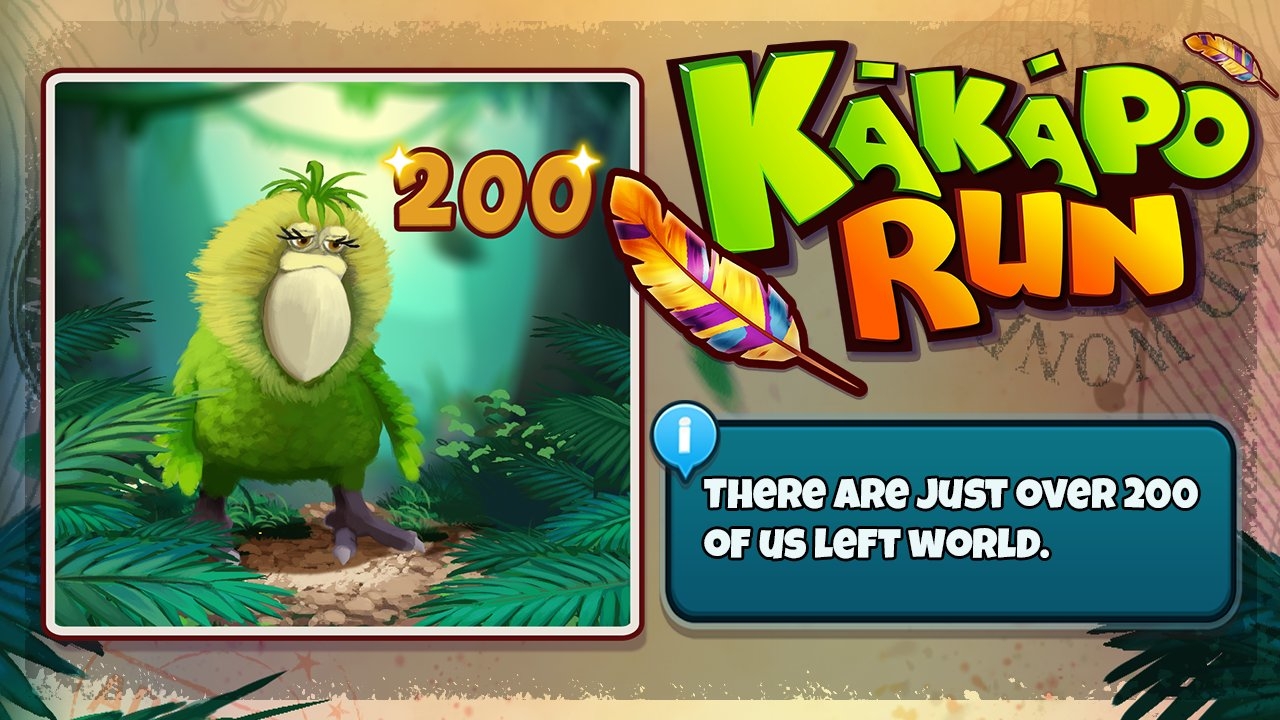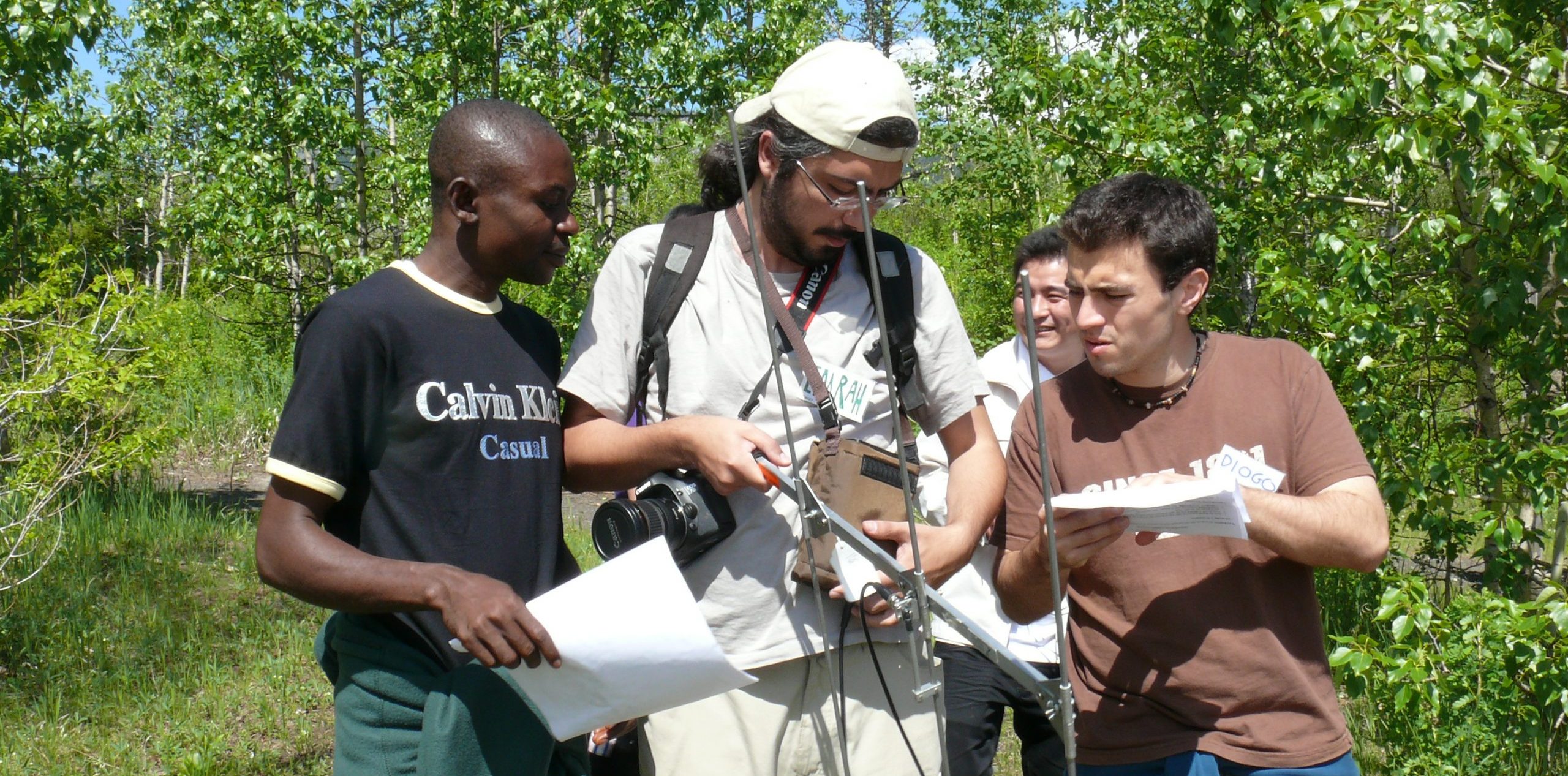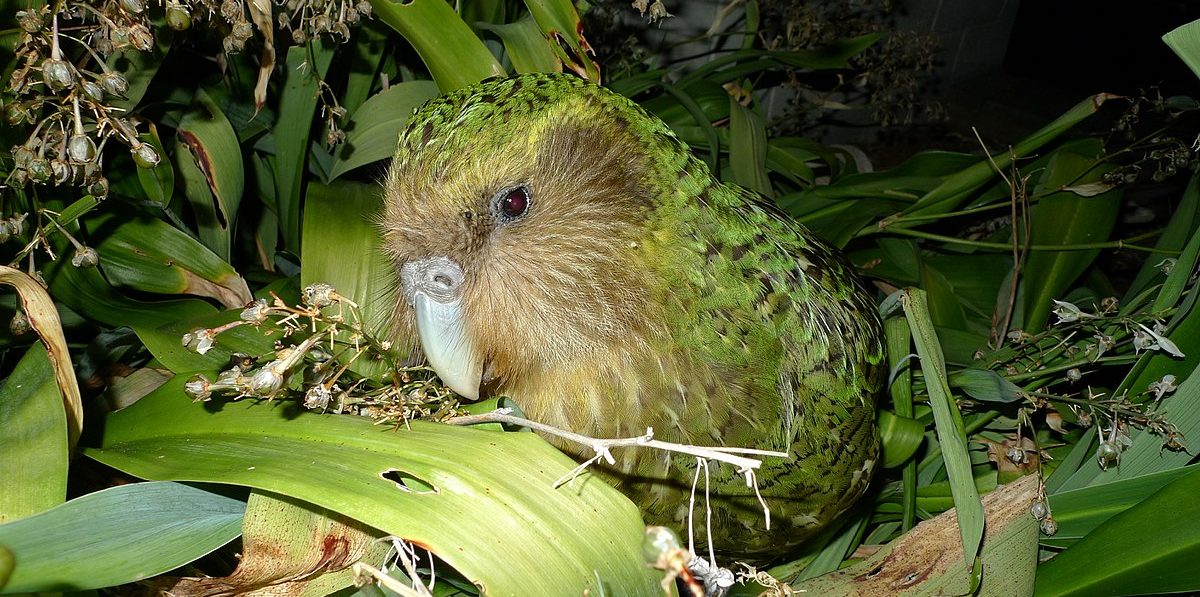By Ellie Warren
This article has been adapted from a version originally published on the WILDLABS conservation technology platform, which can be found here.
In an interview with biologist-turned-social marketer, Diogo Veríssimo, WILDLABS explores his somewhat unconventional career path and gets his take on how tech mediums like mobile app games can lead to real-world impacts.
 Kakapo Run is a new mobile app game developed to drive change in the conservation of New Zealand’s Critically Endangered kakapo © On the Edge Conservation
Kakapo Run is a new mobile app game developed to drive change in the conservation of New Zealand’s Critically Endangered kakapo © On the Edge Conservation
CLP alumnus Diogo Veríssimo is Director of Conservation Marketing at On the Edge Conservation. He is part of the team behind Kakapo Run, their new mobile app game, which promotes positive changes to protect New Zealand’s Critically Endangered flightless parrot – the kakapo.
But Diogo hasn’t always worked in conservation marketing, having had what some might consider a more non-traditional career path. Starting out in the field biology side of conservation, he was previously part of two CLP-funded project teams: one in 2008, working to engage communities in the conservation of globally Endangered lesser florican in India and another in 2014, promoting sustainable logging in São Tomé. He also led two CLP-funded learning exchanges in which he mentored other conservationists in environmental education and flagship species selection in Brazil.
Experiences like these led Diogo to discover his ability to strategically communicate conservation messaging, and ignited his interest in the concept of social marketing for conservation as a vital part of public engagement and impact — something he explored in-depth during his PhD and postdoctoral research.
Commenting on Diogo’s subsequent career since joining the CLP alumni network, CLP’s Executive Manager Stuart Paterson said, “We’re delighted to see Diogo having so much success developing innovative digital marketing tools in support of conservation. He has become a recognised leader in conservation marketing and his work is generating more interest and support for threatened species.”
 Diogo Verissimo (far right) participated in the 2010 CLP Conservation Management & Leadership workshop in Calgary, Canada.
Diogo Verissimo (far right) participated in the 2010 CLP Conservation Management & Leadership workshop in Calgary, Canada.
In his WILDLABS interview, Diogo credited CLP’s professional development tools and mentoring as having a massive impact on his opportunities and goals. “Altogether the greatest impact [on my career path] was definitely that of the Conservation Leadership Programme,” he said. “It’s a unique network of people on the front lines of conservation, and I would recommend everyone to check them out if they’re interested in building a career in this field.”
One of Diogo’s first forays into the world of conservation marketing was his ‘Lost and Found’ digital project showcasing stories, comics and videos about the rediscovery of species previously thought to be extinct.
Turning his focus to games more recently, he and his team at On the Edge Conservation developed Kakapo Run – an “infinite runner” style game (i.e., players avoid obstacles and adversaries while running) in which the player helps the kakapo escape invasive predators such as rats and stoats. This was a logical game choice given that, in the real world, the main threat to the kakapo is that it cannot fly away from these predators.
One key thing Diogo learned from making Kakapo Run is that, in order to have a chance at success using this kind of outreach, “you need to be able to produce something that appeals even to those without a particular love of wildlife.”
According to Diogo, anyone in conservation considering the use of gaming and other non-traditional outreach methods must expect to make a substantial investment in terms of funds and bring together the right mix of people (tech, marketing, and conservationists) in the development.
And, as in more traditional field research, Diogo admits that it can be a struggle to translate data generated from online games into real-world results and impact. During the development of Kakapo Run, the bottom line for Diogo and the team was to drive change. For this reason, the game does not contain any adverts or in-game purchases, and focuses on a high-profile, flagship EDGE (Evolutionarily Distinct and Globally Endangered) species.
 The kakapo (Strigops habroptila) is a Critically Endangered ground-dwelling flightless bird in New Zealand threatened by invasive predators, such as stoats and rats © Chris Birmingham (CC BY 2.0).
The kakapo (Strigops habroptila) is a Critically Endangered ground-dwelling flightless bird in New Zealand threatened by invasive predators, such as stoats and rats © Chris Birmingham (CC BY 2.0).
In perhaps the most robust impact evaluation ever conducted around a conservation game, the team also performed a randomised control trial. Over the course of a week, 100 New Zealanders were randomly assigned to play at least one hour of Kakapo Run, while 100 others played a leading game unrelated to conservation.
Afterwards, the participants were questioned on their knowledge, attitudes, social norms, and behavioural intentions related to conservation; for example, the likelihood that they would donate to conservation organisations and support policies to control invasive predators.
The preliminary results of the trial gave a pretty clear indication that beyond just increasing knowledge, players were also more willing to volunteer for conservation organisations and to adopt measures aimed at reducing predation of wildlife by pet cats.
“This is one of the first times that there is robust evidence of a game having impact at a behavioural level in a conservation context,” said Diogo.
However, the most valuable lesson Diogo has learned (in terms of conservation gaming) was that creating a great game is only the beginning, and probably the easiest part of the process. After the game is finalised begins the challenge of getting people to actually play it.
“We need to be strategic and resilient when it comes to the promotion of conservation games like Kakapo Run to ensure they get enough visibility for people to even realise they exist,” added Diogo.
While many in the CLP alumni network go on to work in the field as biologists and researchers, Diogo has shown that these are far from the only paths toward an impactful career in conservation. Particularly for those working with conservation technology, there are endless opportunities to use unique professional skills, develop innovate new ideas, and engage with conservation creatively.
Marketing may not immediately spring to mind when you envision a career in conservation – just as mobile games may not immediately remind you of conservation technology – but in all conservation career paths, the goal is the same: seeing results that benefit wildlife.
Read Diogo’s full interview with WILDLABS here.
About the author
Ellie Warren is a WILDLABS Coordinator, based at WWF Headquarters in Washington DC, USA. At WILDLABS, Ellie writes and curates original articles and case studies, organizes virtual events focused on conservation technology, and facilitates connections and collaborations within the WILDLABS community.




